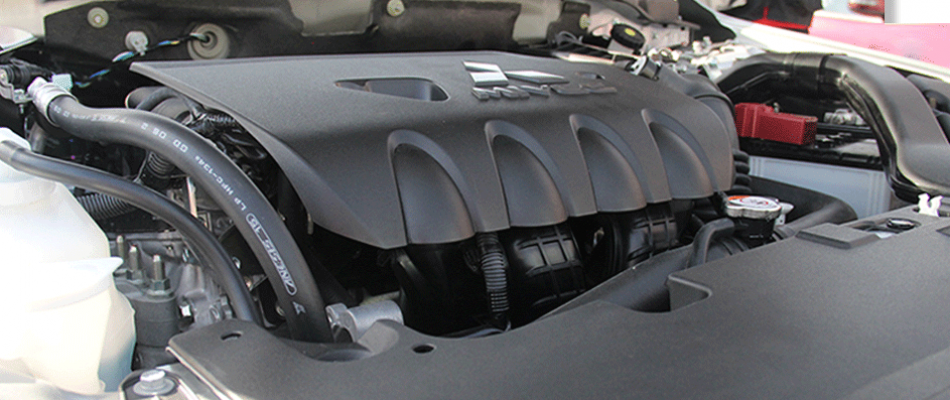
ECU Types and Their Functions
2018-03-17The ECU, which is short-circuited, is the Electronic Control Unit, which in some cases is commonly known as the computer car. The ECU is the mastermind of a car and continuously analyzes various car elements. The ECU has entered the automotive industry with automotive injectors, and to this day, like many other technologies, there have been many advances in the industry. The ECU used in cars has a large number of sensors whose function is to analyze various elements in the car; after examining these elements of the system and the program used in the ECU, they coordinate their work; therefore, in today's modern cars, the ECU is the most courteous It's part of the car, and if it fails, all automobile systems will stop working. Indeed, the more modern our car is, the more advanced the ECU will be, with more sensors for analyzing and analyzing the car's qualitative and quantitative characteristics, but the most basic automotive basics have 7 main sensors, Engine RPM Sensor, or RPM Sensor, MAP Pressure Sensor, TPS Throttle Position Sensor, CTS Water Temperature Sensor, IAT Air Temperature Sensor, Oxygen Sensor or Lambda Sensor and Impact Sensor. These sensors have the task of analyzing the first and the most basic characteristics of a car, and if there is a problem with these indicators, it will notify the driver by using the car alert system. For example, we can refer to the light of a check lamp or a petrol lamp, these warnings are executed by the ECU of the vehicle; also, the condition of quantitative indicators such as speed, engine speed or water volume of the vehicle is examined by this unit and using a knob or other elements Inform the driver of their condition.
ECU types used in cars
As we said, the ECU, like many other components in the automotive industry, has undergone many changes over time. In today's cars, due to the presence of radars and options, automakers have to use two ECUs to adjust and coordinate car elements. In today's cars, an ECU is designed to analyze 7 main elements, as mentioned above, and an ECU for analyzing and harmonizing non-basic characteristics; surely the more options and options a car will have, the second ECU will have more advanced sensors and more applications. . In today's cars, the base ISSIs are capable of displaying the technical status of the car; therefore, their platform is designed to be connected to a DIAG device via an interfaced cable and to indicate the status of the car's attributes in a quantitative manner. For this reason, ECUs are generally used in today's cars where it's easier to access. The most important difference between these types of components is their programming or programing. Nowadays, due to the expansion of sensors in modern vehicles, the ECU used in cars is using more complex platforms; hence, it is suggested that, if a problem or failure occurs in these parts, it is advised to quickly show the car to the agents or experts in the field
